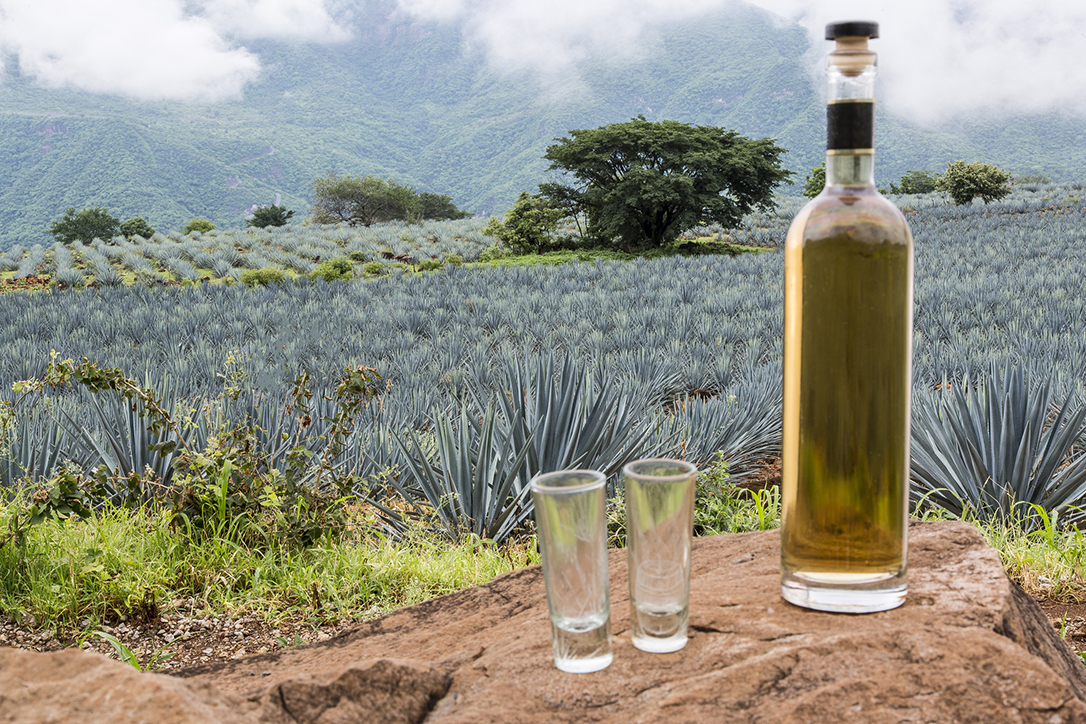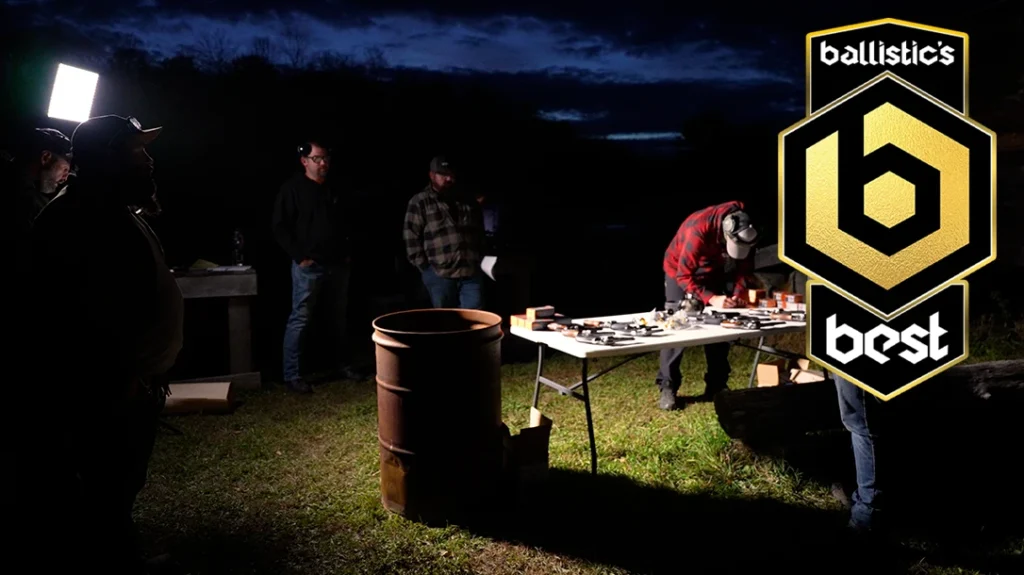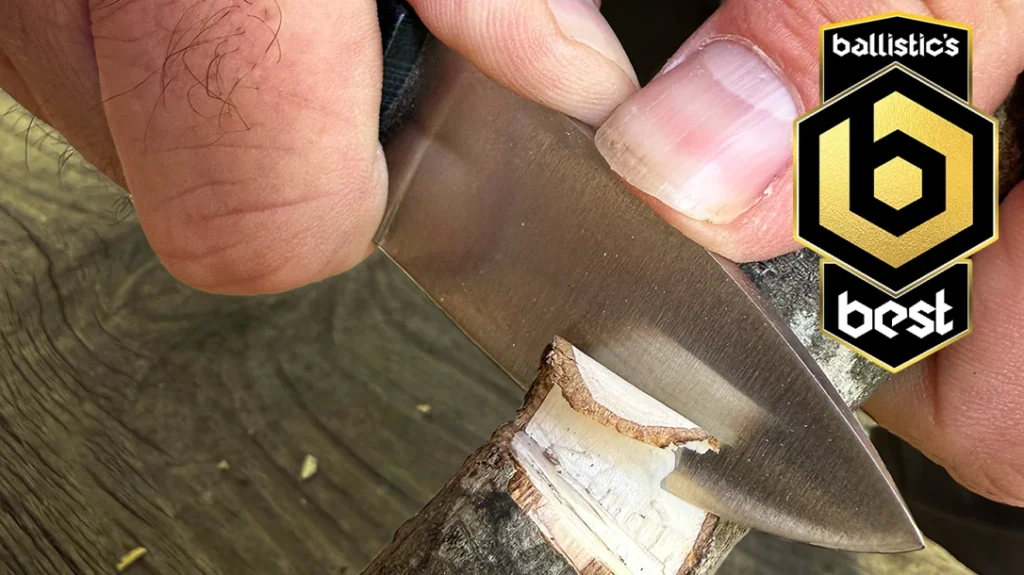Alcohol can be a curious thing if we really start to think about it. Someone ages ago, said … ”Hey let’s ferment this plant and then drink the liquid it produces.” I mean we have stressful lives today, but the level of boredom or desperation that drove some of this had to be on a massive scale. This phenomenon is obviously not unique to the United States, and in fact, every country on earth has its own take on adult beverages. Some are interesting and some are just downright horrifying. While we tend to believe that American Whiskey is the king of manufactured happiness, Tequila has become the king of the block when it comes to spirits. This tasty liquid is produced from the agave plant, which was a holy plant to the Aztecs.
After Hours: 5 Agave Spirits
Much to the surprise of many, the agave plant is the base for a variety of other adult beverages. In fact, including tequila, there are five specific spirits that come from the hearty Agave plant. I am always interested in expanding your bar trivia prowess, so let’s take a closer look.
Tequila
As I mentioned, tequila is the king of the hill in the spirits world. In 2023, tequila sales exceeded 31.5 million 9-liter cases sold with sales reaching nearly $13 billion. That’s a lot of tequila, to say the least. Your first trivia nugget is the fact that before tequila got its name, it was called mezcal. Mezcal actually means “agave” and “cooked.” Modern-day tequila can be traced back to a time when it was called “Vino de Mezcal de Tequila.”
Advertisement — Continue Reading Below
Tequila is actually a town in the Mexican state of Jalisco. The product they made became so popular that as with many things in life, the first part of the name was dropped, and it became known simply as tequila. Like bourbon, the spirit must meet specific criteria to wear the tequila name. Legally it can originate in five different states. These are Tamaulipas, Nayarit, Guanojuato, Michoacan, and of course Jalisco. While these other states have healthy production, 99 percent of all tequila still comes from Jalisco.
There are many boutique variants, but the tequila family is composed of three members. Blanco tequila is the purest form of tequila and is aged less than two months in oak barrels. Next up is Reposado tequila which means “rested.” This version matures in oak barrels for two months to a year. It tends to be smoother with a richer flavor. The last version is Anejo tequila. This stands for “aged,” and spends one to three years in oak barrels, gaining richness and complexity. In my personal opinion, it is the best of the three.

Advertisement — Continue Reading Below
Mezcal
Our next agave-based spirit is obviously mezcal. Unlike tequila, the origin of Mezcal spans nine different states in Mexico. Here’s another trivia winner for you. There are 252 types of agave in Mexico. Mezcal can legally be made with any one of those 252 versions, while tequila can only be made with Weber blue agave. The flavor of mezcal is unique and has been referred to as smokey. This flavor profile comes from the roasting process that is used in its creation. To many, it has little resemblance flavor-wise to tequila. I find that people either love mezcal or are simply overpowered by its smokey flavor. Unlike some tequilas, mezcal tends to be very smooth with little bite at the end. It is a unique experience, and you will look cool and cultured when you order it in front of your date.
Raicilla
Next on the list is raicilla. This is where rules and the name game really show up. For all intents and purposes, raicilla is identical to mezcal. However, it is not made in one of the “mezcal states,” so we have to have a name change. This agave concoction is made on the western side of the state of Jalisco. While technically the same as mezcal, the makers have managed to put some light between the two by using the rhodacante agave. They also tend to only distill it once, and it has very noticeable greens and herbal notes associated with it.
To the uninitiated, I do not believe you could tell that commercial mezcal and raicilla were that closely related. I have had the pleasure of enjoying raicilla, but it can be hard to find stateside. If you are feeling adventurous then I suggest you search out a serious tequila bar where you could possibly find it.
Advertisement — Continue Reading Below
Bacanora
Our next batter up is bacanora. This unique spirit has an interesting story. It can only be found in the mountains of Sonora, a state in northern Mexico. In short, bacanora was a version of moonshine. The early Governor of Sonora was a hard-line Christian and saw any alcohol consumption as a major sin. With this, he forbids the consumption or making of any alcohol in his state. As we saw here in the U.S. during prohibition, production went underground and thrived.
After his passing, the state moved to remove consumption restrictions much to the joy of the residents. In standard bureaucratic fashion, however, they forgot to remove the restrictions on making bacanora. The makers honestly didn’t care and when the laws were all finally repealed, they barely changed their production or distribution methods. The downside of this is that very few makers have worked to brand or market their beverage. Because of that it is very hard to find outside of Sonora. Sounds like is time for a field trip.

Advertisement — Continue Reading Below
Sotol
Our final agave spirit is sotol. This beverage is a bit of a third wheel in our review here because if we are really technical, it isn’t made from agave. It is made from Dasylirion or Desert Spoon, which is closely related to agave. With that, the spirits world has essentially said “close enough” and thrown it in as an agave spirit. Flavor-wise, sotol tastes a lot like tequila. The difference though is that while tequila has a distinct snappy bite, sotol is much more subtle. While not as well known as some of our other guests here today, it has begun to gain popularity. I actually saw several bottles at my local big box liquor store recently. It is out of the mainstream without a doubt and certainly worth a try.
Tequila has always been an enjoyable standard, but I encourage you to look beyond Mr. Cuervo. The various agave spirits can bring some welcomed change to your palate and let you experience something new.






















